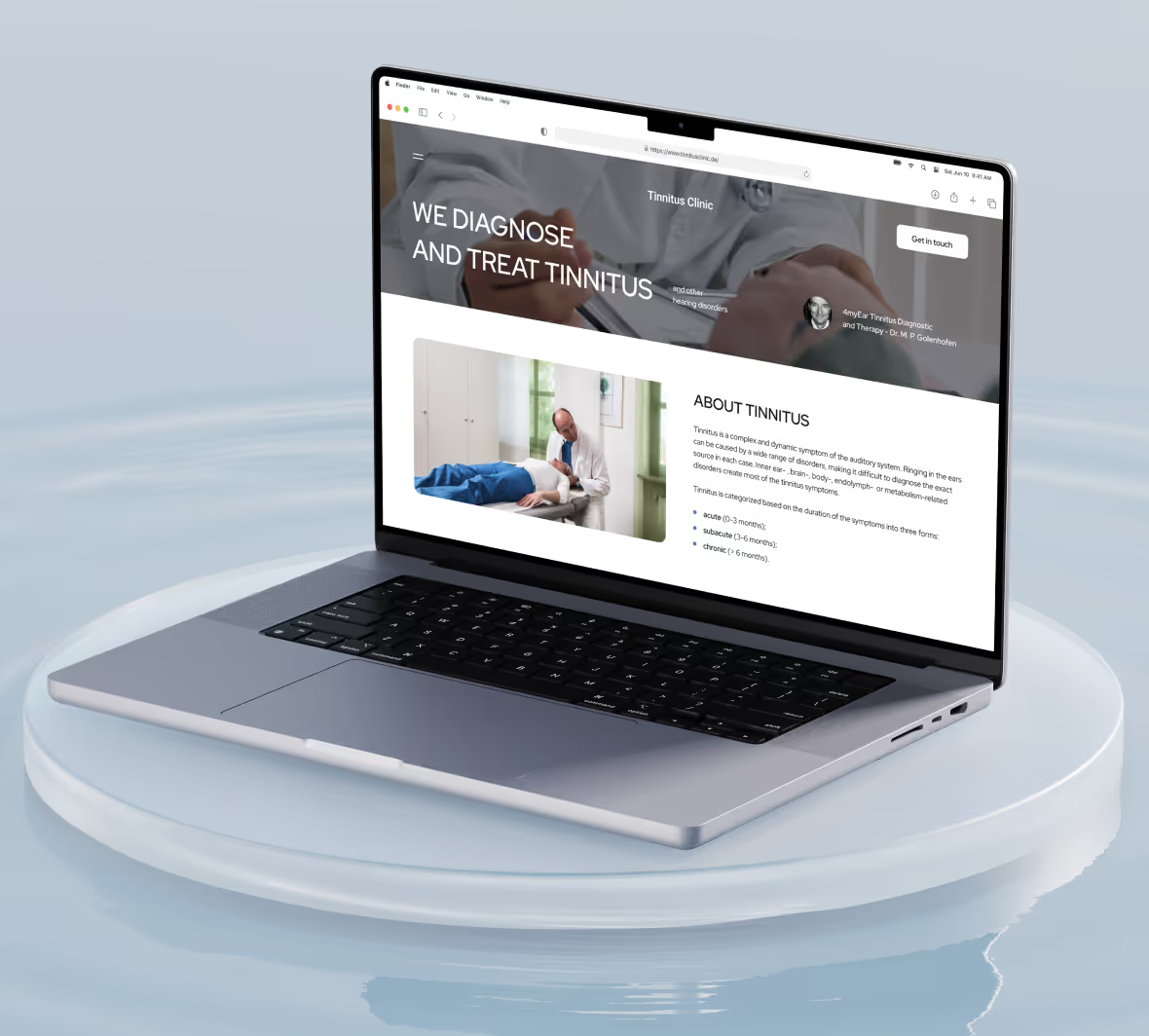
Building apps and automating workflows is easier than ever, thanks to no-code platforms. These tools let you create software solutions without writing a single line of code. Whether you're a startup founder, a small business owner, or part of a larger team, no-code tools can help you save time and money. But with so many options, how do you find the right one for your business?
This guide breaks down everything you need to know to make the best choice.
Why No-Code Matters for Businesses
No-code platforms are game-changers for businesses of all sizes. They let you:
- Build websites, apps, and workflows faster.
- Save on development costs.
- Empower teams without technical backgrounds to innovate.
From e-commerce stores to internal tools, no-code solutions offer the flexibility to design what you need—without waiting on developers. But not all platforms are built the same. Choosing the right one ensures your project succeeds and grows with your business.
Know Your Business Needs
Start with a clear understanding of your goals. Ask yourself:
- What am I building?
- Are you creating a customer portal, an internal dashboard, or an e-commerce website?
- Who will use it?
- Will your app serve customers, employees, or partners?
- What’s my budget?
- No-code tools range from free to premium, with pricing based on users, features, or volume.
Knowing the answers to these questions helps you focus on platforms that meet your needs.
Features to Look For
When comparing no-code platforms, prioritize the features that align with your goals. Here are key factors to consider:
➤ Ease of use: Can you quickly learn the interface?
➤ Customization: Can the platform handle specific business requirements?
➤ Integrations: Does it work with tools you already use, like CRMs or payment processors?
➤ Scalability: Will it grow with your business needs over time?
➤ Security: Are data and user information protected?

Popular No-Code Platforms for MVP
Not all no-code tools are equal. Here’s a breakdown of popular platforms and what they’re best for:
Are You Building a Landing Page or Website?
If your focus is on creating a website or landing page, these platforms stand out:
→ Webflow: Great for visually stunning websites, complete with responsive design and SEO optimization. Perfect for portfolios, marketing sites, and e-commerce.
→ Framer: Ideal for interactive landing pages with animations and sleek visuals. Framer is great for designers looking to quickly bring ideas to life.
Are You Building a Mobile App?
For mobile-first projects, these platforms deliver excellent results:
→ FlutterFlow: Perfect for building cross-platform mobile apps with a professional, native feel. FlutterFlow offers code export and deep customization.
→ Adalo: Great for simple mobile apps, allowing you to build and publish directly to app stores with ease.
→ Glide: Turns Google Sheets into lightweight mobile apps. Perfect for internal tools like CRMs or team directories.
→ **Bubble (with third-party tools)**: While primarily a web app builder, Bubble supports mobile development through integrations like BDK Native or Native mobile Editor (Beta).
Are You Building a Web App?
For dynamic web applications with user interaction and workflows, these platforms excel:
→ Bubble: The go-to platform for complex web apps with intricate workflows and database management. Excellent for SaaS tools, marketplaces, and user dashboards.
→ WeWeb: Ideal for web apps that need responsive design, seamless user experiences, and custom data workflows.
→ Softr: Best for internal tools or lightweight web apps connected to Airtable. Softr is simple to use but less customizable for client-facing applications.
Are You Building an E-Commerce Site?
If you’re creating an online store, Shopify remains the top choice:
→ Shopify: Easy to use, with built-in e-commerce functionality, payment processing, and integrations for scaling your online business.
Choose Based on Your Needs
- For websites and landing pages, go with Webflow or Framer.
- For mobile apps, FlutterFlow and Glide offer the best solutions.
- For web apps, Bubble and WeWeb deliver flexibility and power.
- For e-commerce, Shopify makes setting up an online store seamless.
Selecting the right no-code platform is all about matching your project goals with the platform’s strengths. The right choice will save you time, reduce costs, and set your project up for success.
How to Choose the Right Platform
When deciding between these platforms, consider:
- Your project type: Do you need a website, mobile app, or web app?
- Your team’s skills: Does the platform align with your technical knowledge?
- Integration needs: Will the platform connect with your existing tools?
- Scalability: Can it grow with your business?
By matching your needs to the platform’s strengths, you’ll make a choice that supports your goals and streamlines your workflow.

Try Before You Commit
Most no-code platforms offer free trials or basic plans. Use these to test their capabilities:
▸ Create a small prototype.
▸ Evaluate how intuitive the platform feels.
▸ Get feedback from your team or early users.
If the platform struggles to meet your needs in this phase, consider other options before fully committing.
Support and Community Matter
Good customer support can make or break your experience with a no-code platform. Before deciding, check:
- Support availability: Is there responsive chat or email help?
- Community size: Are there active forums or user groups where you can get advice?
- Learning resources: Does the platform offer tutorials or documentation?
A strong support network ensures you’re not stuck when issues arise.
Plan for Growth
Think about your long-term goals. A platform that works for a small project today may not scale with you tomorrow. Consider:
- Can it handle increased user traffic?
- Does it offer advanced features as your business grows?
- Are there upgrade paths if you need more customization?
Key Takeaways
Choosing the right no-code platform is crucial for your business's success. Keep these points in mind:
- Clearly define your business needs before comparing platforms.
- Prioritize features like ease of use, scalability, and integration.
- Test platforms with prototypes before committing fully.
- Look for strong support and community resources.
- Ensure the platform aligns with your long-term goals.
No-code tools are powerful, but the right choice depends on your unique requirements. Start small, think big, and pick a platform that will grow with you. Ready to make your project a reality? Explore Bubble or contact Minimum Code for expert guidance!
🚀 Ready to transform your business with no-code? Start building today!

Ready to build your product?







